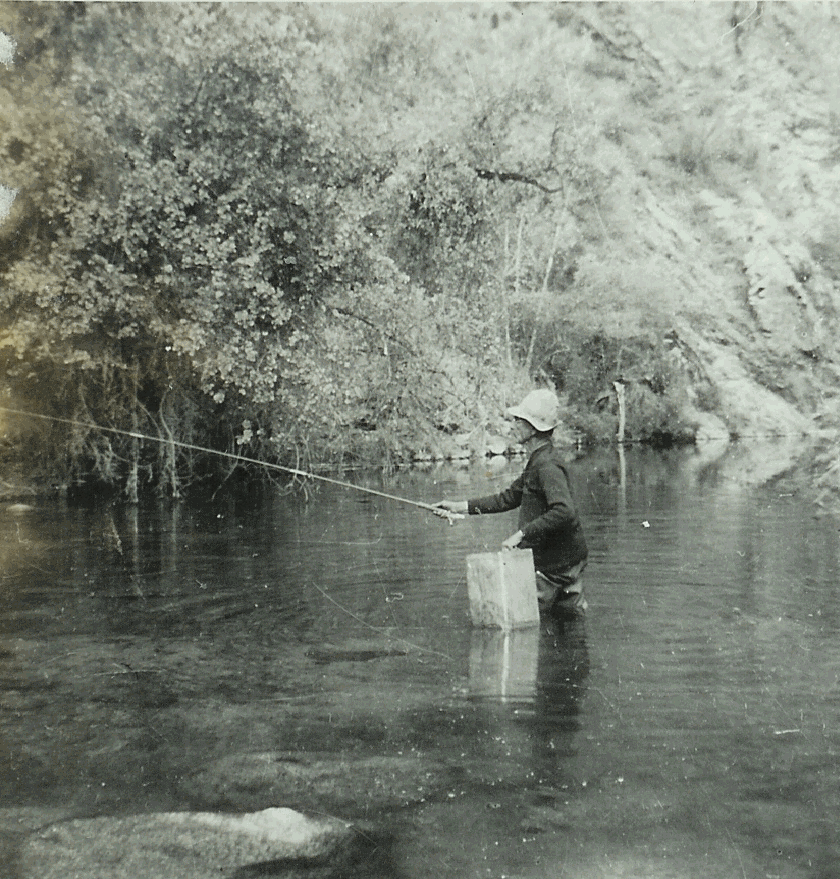Hey everybody, This story caught my attention for a couple of reasons, 1. I am a trout fisherman that reallty favors the Commando small stream
stalking the fish technkiques.
But in my real life, turns out I am a research biologist/ ecologist evolutionary biologist. So an isolated population, who knows how long ago, and
then new populations established in other sites, that makes my brain light up.
My idea is to take fin clips from the various streams, and build genetic profiles of each population (fin clips do not hurt the fish)
I am currently gathering together all of the literature I can find - this thread has helped alot. But what I really need is local knowledge. Anyone
been to any of these sites, access? hike in, motorcyclce, 4wd? distances travel times etc
what if any infrastructure to support the project (ie do we need to be self contained)
anyone who wants to volunteer to help out - that could be arranged
so please, if you have local knowledge, I would really like to talk with you via email, phone, or whatever |





 ) are especially athletic.
) are especially athletic.
